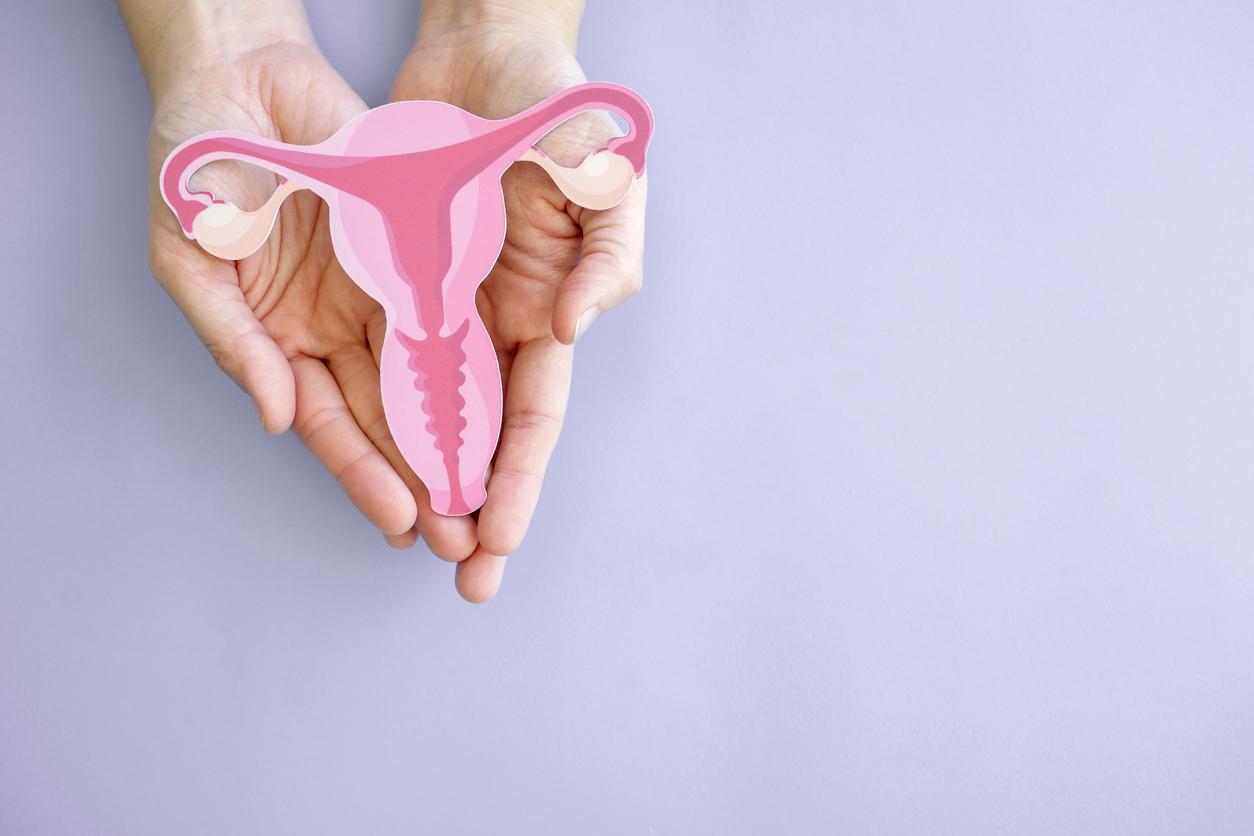Endometriosis is an underdiagnosed gynecological disease. The gynecological surgeon, Julien Niro, explains to us how it manifests itself and can be detected.

– Why doctor: One in 10 women is affected by endometriosis. Is there a specific age or period of life during which the disease begins?
Julien Niro: Symptoms can appear in adolescence with the arrival of the first period. In this case, we know that the dysmenorrhea is significant and that the patient was put on a pill for analgesic purposes to relieve the pain. In other forms, there are modulations of intensity which may appear later. Clearly, at the beginning, the woman has tolerable pain, then after a while, these manifestations increase from a moment in her life that we do not necessarily explain.
Endometriosis: “it is probably exposure to certain endocrine disruptors that causes development”
Have you noticed a particular profile in patients with endometriosis?
No, there is no particular type of people. We know that there is a bundle of genes that is affected in patients, but it is not determined by a particular phenotype. It is probably exposure to certain endocrine disruptors that causes gene modulation and the development of endometriosis.
According to one theory, the endometrium contained in the uterus will flow back through the fallopian tubes and land in the belly. At menstruation, all women have a little blood in their stomachs. Most of them manage to clean it, but patients with this pathology do not have this ability. Thus, the lesions remain in place and can grow.
What are the symptoms of endometriosis that should alert and are often disabling?
Julien Niro: This disease marks the lives of women. It is most often manifested by pain during menstruation, sexual intercourse and chronic pain outside of menstruation and intercourse. Patients may also present with urinary symptoms, i.e. painful urination during menstruation or difficulty emptying the bladder, but also pain during defecation.
In the context of endometriosis, sciatica pain can also occur during menstruation. The lesion, which is next to the nerve, will bleed, swell during menstruation and irritate the nerve. It often happens that women have pain that descends into the buttocks. Sometimes they can become permanent, but in this case they are very advanced forms of the disease and it is a little more complex. Last very common symptom but which is not diagnosed in an obvious way: infertility.
“For some forms, endometriosis improves with the onset of pregnancy”
What are the risks in the absence of a diagnosis?
There are several forms of endometriosis. This pathology can be little or very symptomatic. Contrary to popular belief, the extent of the lesions is not necessarily linked to the intensity of the symptoms. Some women are in great pain even though they have rather superficial forms. Other patients have little or no pain, but suffer from a fairly advanced form of the disease.
This condition is hormone-dependent so theoretically over time, since it is stimulated by the menstrual cycle, endometriosis lesions can potentially grow, but they can sometimes remain stable. For some forms, endometriosis improves with the onset of pregnancy.
Currently, the diagnostic delay linked to endometriosis is estimated at around 7 years. But what examinations can promote its early detection?
So far, there are no screening tests. It’s all about questioning. Endometriosis should be considered if young women have dysmenorrhea that prevents them from going to school or work or if they suffer from pain during intercourse, urination and defecation.
In adolescents, screening should focus on pain during menstruation, its intensity and the social handicap it induces. It will not necessarily be endometriosis, but its symptoms must be taken into account in order to be able to set up a treatment which will aim to relieve them.
With the arrival of saliva tests, which we are starting to talk about, we have hope for screening. Clearly, we will be able to identify, in the population, the patients who are likely to develop endometriosis. For the time being, it is not yet widespread and nothing is organized, but it remains a good hope.
Endometriosis: it is possible to “detect certain lesions only by using a speculum”
How to make an accurate diagnosis?
The examinations carried out to establish the diagnosis are ultrasound and clinical examination. We have the ability to detect certain lesions only by using a speculum. If the disease is at an advanced stage, it is possible to see the lesions that have invaded the vagina. For other milder forms, we can manage to feel the lesions at the level of the bottom of the vagina when there is a cyst or a nodule, namely a ball of flesh, which has formed and can trigger pain in the vagina. the exam.
Despite examinations, can endometriosis go unnoticed?
Unfortunately, yes. The first reason: some forms are superficial, that is to say they affect the abdomino-pelvic envelope called “peritoneum” (a very thin layer), the lesions are therefore distributed and not very thickened. Often, only indirect signs are identified. Only expert radiologists can see them and detect very fine endometriosis. For MRI, it’s the same. Reading these radiological examinations can sometimes be difficult. This is why we use “first line” examinations to detect the disease. If we then see symptoms in favor of deep endometriosis, that is to say which affects other organs, it is necessary to proceed to “second line” examinations, which are carried out by referents and experts in radiology.
















